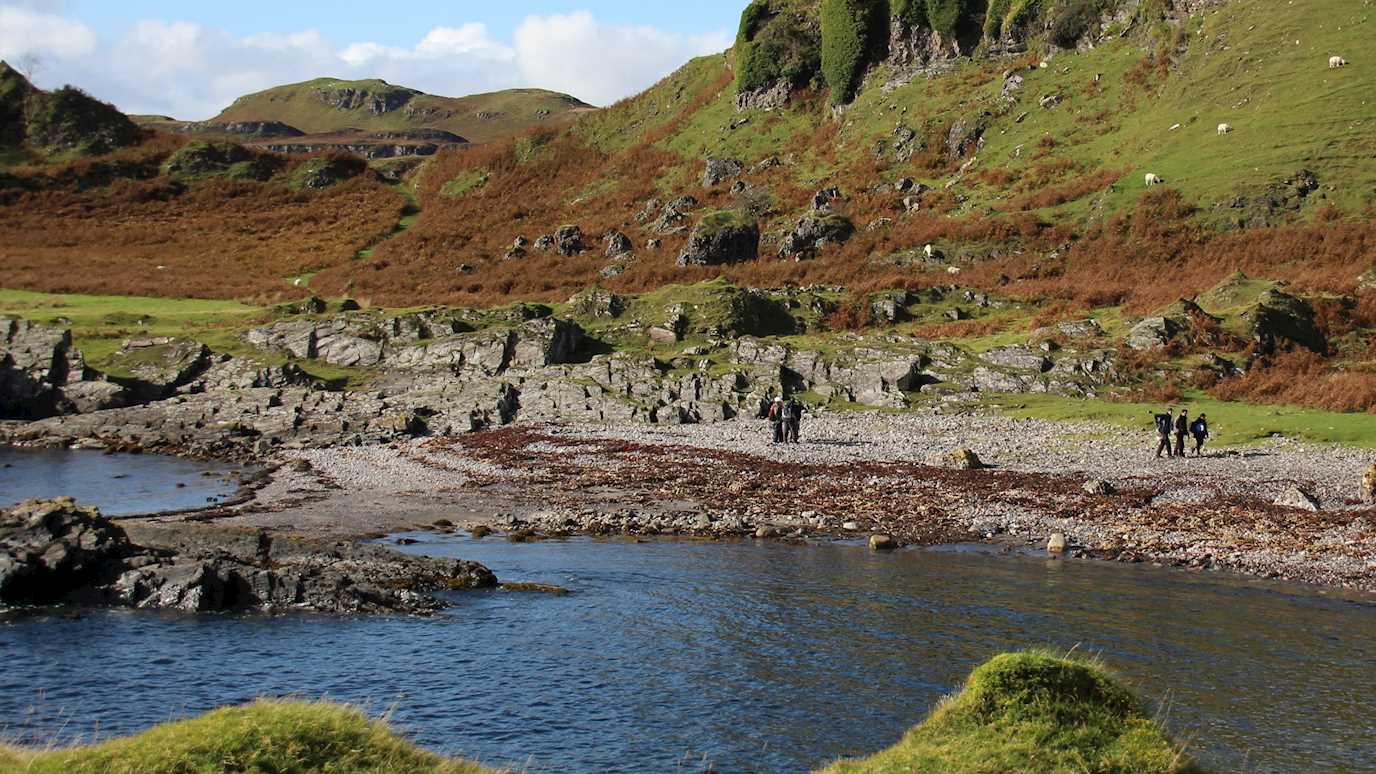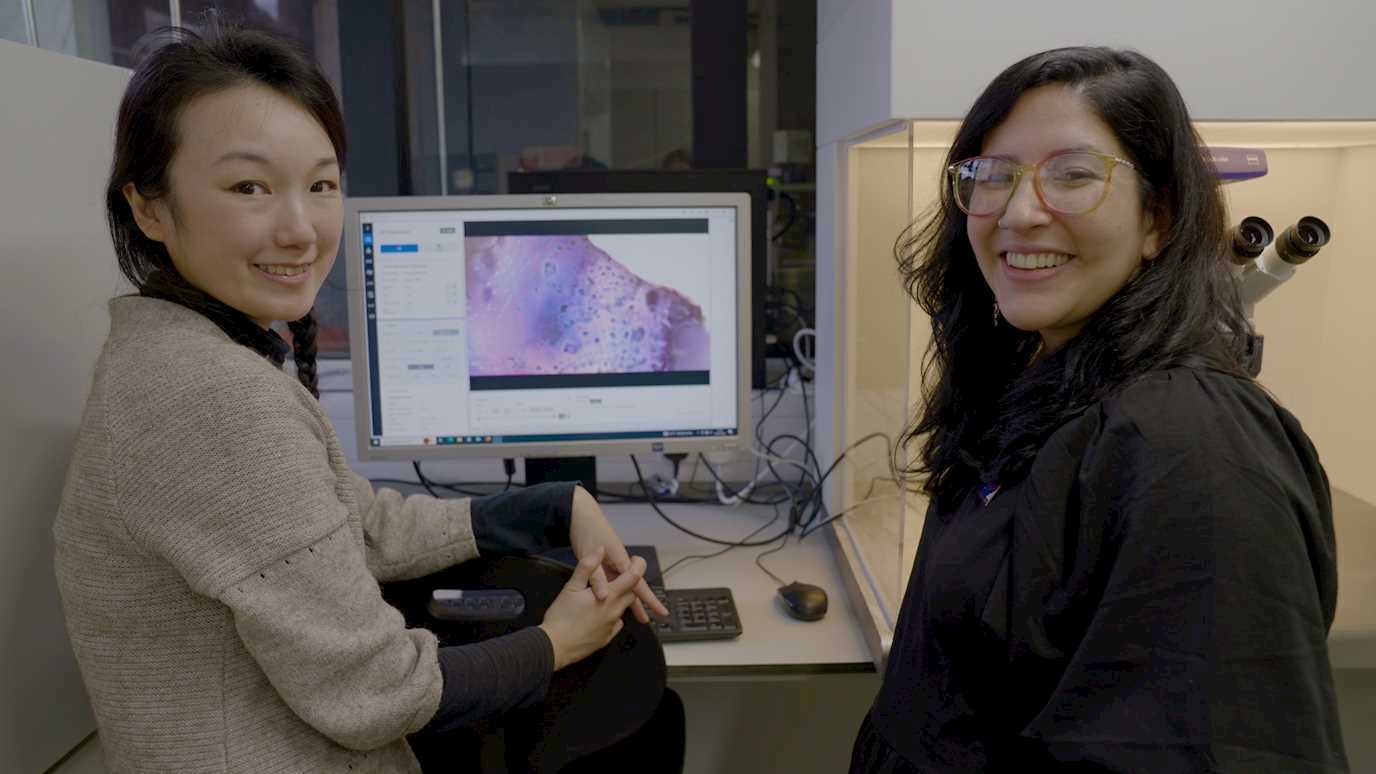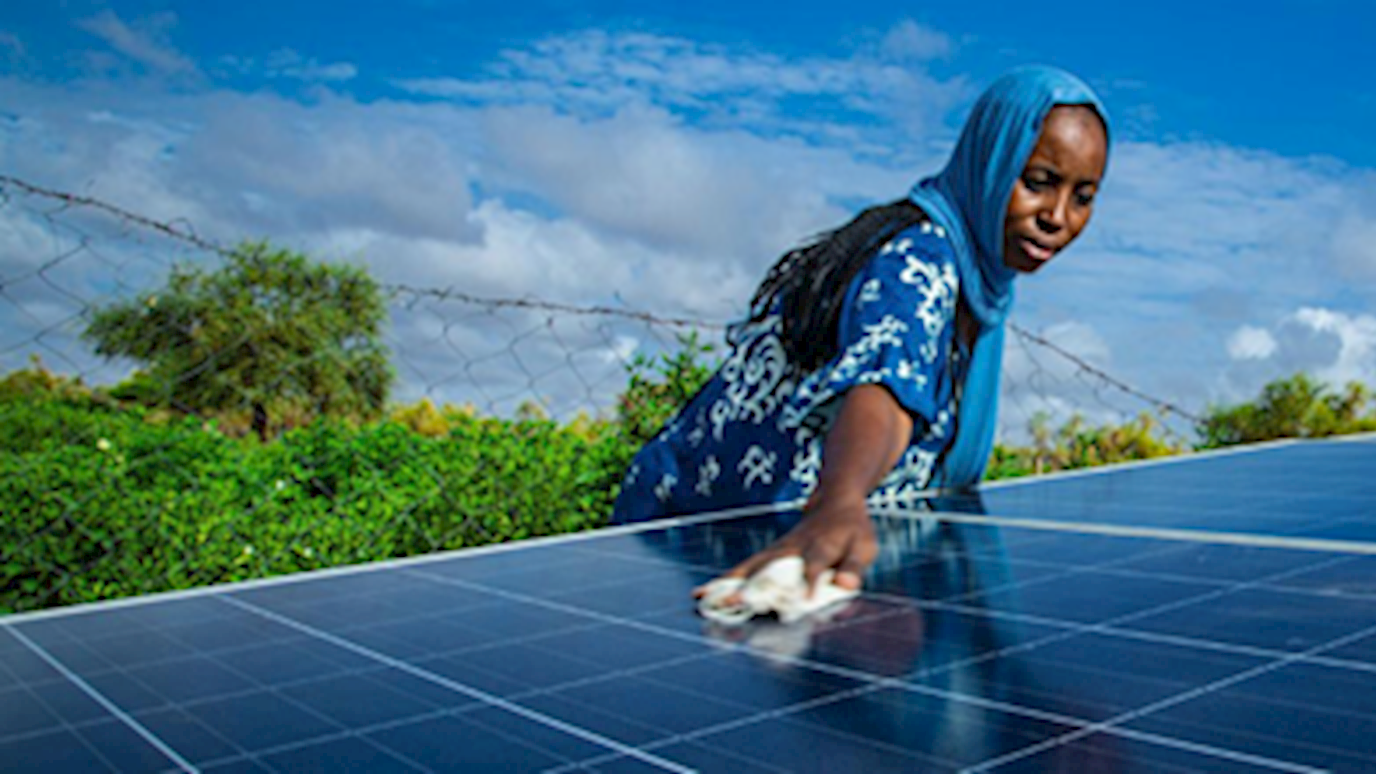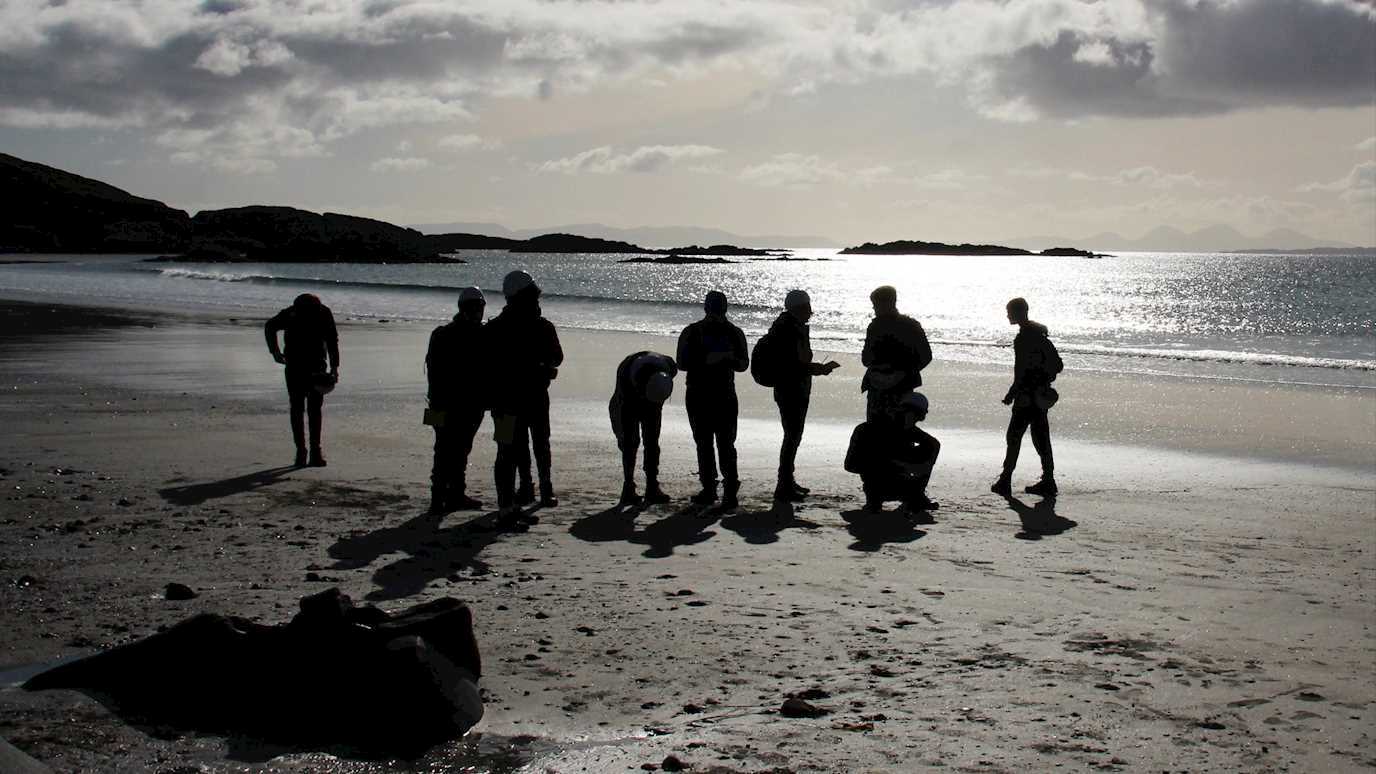Supercontinents, suduction and rifting - a geotraverse through 3.7 billion years in Scotland

Students recently completed a week-long field course to the west of Scotland, studying the evolution of the region from the deepest Archean to Quaternary glaciations. Starting in Iona, they explored the Lewisian gneisses that formed the continental core of Rodinia. Moving to the Isle of Mull they studied intracratonic and passive margin sediments of the Moine Supergroup, and saw evidence of its metamorphism and deformation during repeated orogenic events, culminating in the Scandian Orogeny and late orogenic granitoid intrusion. Later in Glen Coe they hiked through a late-post orogenic caldera, then saw post-orogenic sediments and lavas on Kerrera island. Finally, on Mull they saw the effects of the Iceland mantle plume and North Atlantic rifting during the Mesozoic-Cenozoic. Using four key unconformities (base Torridonian, base Devonian, base Permian, base Paleogene) they related these events to repeated Wilson tectonic cycles.
























